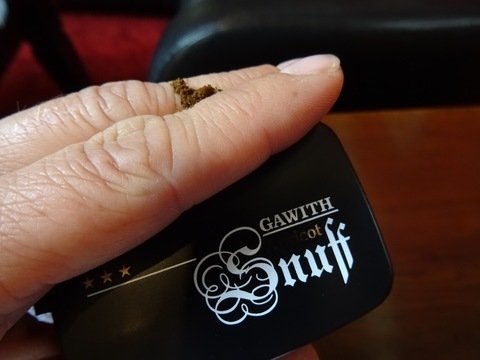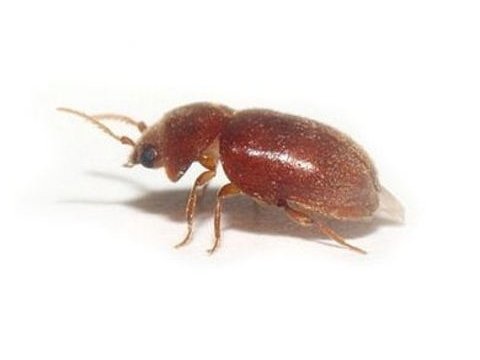The Curly Cut: Explanation and Tips

What is the Curly Cut?
The Curly Cut is a special cutting process used in the processing of tobacco. Originally, it is derived from another cutting technique, the Twist. However, in the Curly Cut, olive oil is used, into which the tobacco is first dipped. Following this, the tobacco is interwoven and further processed into rope tobacco. For a more intense smoking experience, the tobacco is wrapped with a special outer leaf. This forms a tobacco roll with a diameter of at least one centimeter. Finally, the rope is sliced into rounds – each slice contains the same ratio of light and dark tobacco.

How to properly smoke the Curly Cut?
To properly smoke a Curly Cut tobacco, you should not loosen it before smoking. It is sufficient to lightly fold the tobacco and place it in the pipe bowl. This way, the aroma can unfold optimally. Beginners should experiment a bit here, as too dense a tobacco packing can affect the burn, while a too loose mixture can result in insufficient airflow.
The best Curly Cuts at Cigarworld
Some of the most popular Curly Cuts available at Cigarworld include:
- Mac Baren Mac Baren Pipe Tobacco Dark Twist 100g Tin
- Mac Baren Mac Baren Pipe Tobacco Dark Twist 50g Pouch
- Mac Baren Mac Baren Pipe Tobacco Black Ambrosia 100g Tin
What other types of cuts are there besides the Curly Cut?
Anyone who delves into pipe tobacco will quickly learn that there are other cutting types in addition to the Curly Cut. These include, for example:
-
Navy Cut
-
Spun Cut
-
Wild Cut
-
Flake Cut
-
Crimp Cut
Navy Cut
The Navy Cut gets its name because the tobacco, after processing, looks like a naval haircut. The result is long-fibered, thin slices. For optimal smoking, these should be crushed in the palm of the hand before packing them into the pipe.
Spun Cut
In this case, the tobacco is spun into a rope. After fermentation, the tobacco is sliced into small rounds to create the Spun Cut.
Wild Cut
Wild Cut refers to the addition of particularly wide tobacco leaves to a tobacco blend. This creates a unique "wild" appearance because narrow and broad tobaccos are mixed together.
Flake Cut
The Flake Cut is done in two stages. First, the tobacco is cut into individual blocks, then into thin slices. The cut tobacco can then be loosely packed into the pipe. However, caution is needed. Experienced flake smokers know that the tobacco overflows faster than with other cuts.
Crimp Cut
With the Crimp Cut, the tobacco is slightly pressed before cutting. This creates a fibrous, frayed tobacco with excellent burning properties, which is especially prominent in English blends.






